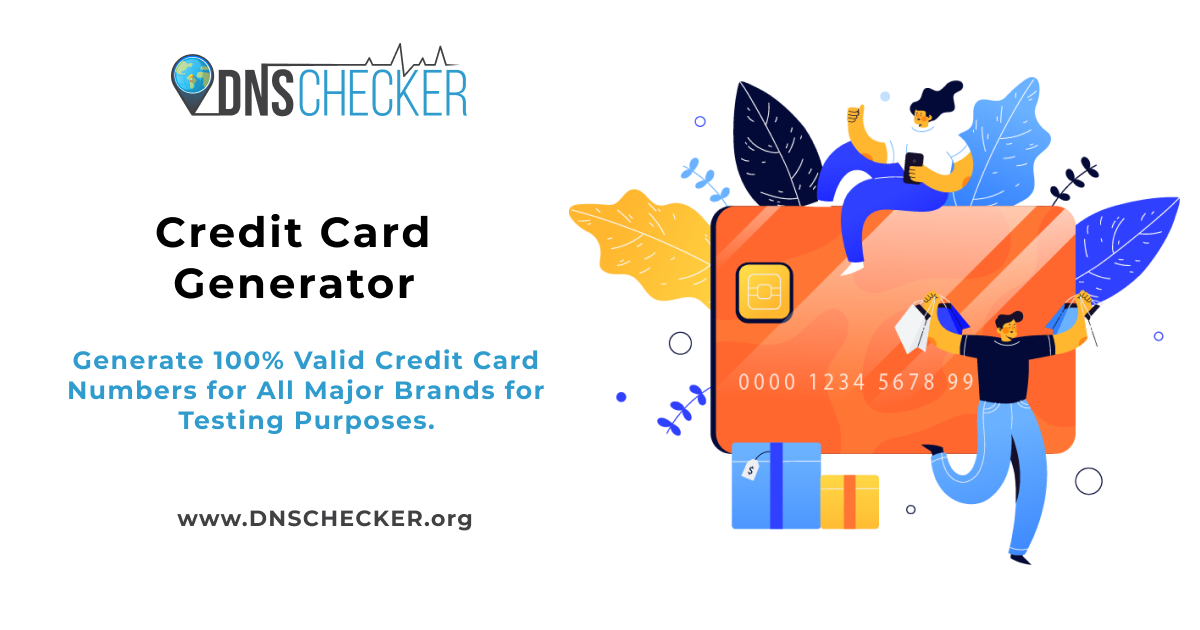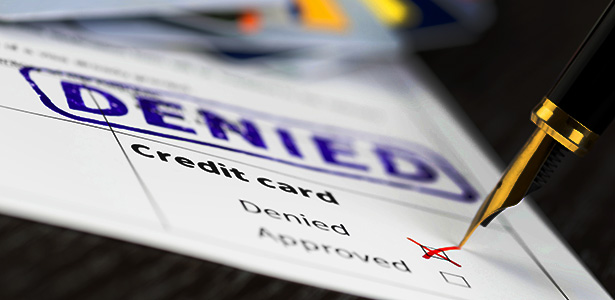Good Reasons To Choosing Credit Card Apps
Wiki Article
What Behaviour Is Deemed To Be Suspicious And Could Result In A Card Being Blacklisted?
Several behaviors or activities might trigger red flags and could be considered to be suspicious, which could result in a credit card being flagged or blocked by the card issuer or financial institution. Some examples of suspect behavior include:- Unusual Buying Patterns
A sudden large transaction or a significant rise in spending compared with the cardholder's typical behavior can trigger suspicion.
Unrecognized transactions
Fraud can be detected by any suspicious or unauthorised transactions that appear on the card statement. The cardholder did not authorize or initiate.
Multiple declined transactions
Multiple failed or declined transactions in a short period, especially if the cardholder typically has a good transaction history, might indicate a potential problem.
Geographic Anomalies
A number of transactions over the space of a few minutes from geographical locations that are far from the usual spending areas for a card holder or transactions made from locations that are different from their usual spending areas can raise suspicion.
Abnormal purchase types
You should flag as suspicious any purchases that aren't your usual like high-value items that aren't in line with your spending routine.
Uncommon Online BehaviorUncommon Online Behavior
Unusual online behavior such as multiple failed logins or a change in your account details, or unusual log-in attempts, may indicate an unauthorized intrusion.
Unusual Card Use
The situation where a card is used outside of its usual usage patterns like being used to make international payments when it's historically used locally, could be seen as suspicious.
Unexpected Cash Transfers or Advances
The cardholder might be notified if there are large cash advances, transfers, or other transactions uncommon for their spending habits.
Frequent Card-Not Present Transactions
It's possible to flag a sudden increase of transactions that are not present on your card (online purchases or phone-based purchases) with no prior history.
Problems with Identity Verification
The possibility of suspicion can arise when there are difficulties in confirming the identity of the cardholder, particularly when additional verifications are needed.
The card issuer could be triggered by these and other behavior patterns to look out for fraud or identify it. They can examine the situation or even block the card until the validity or identity of the transaction can be verified.

What Does It Mean For My Credit Card To Be On The Blacklist?
A credit card placed on"a "blacklist" is one that is flagged by the issuer, financial institution or both due suspected fraud, security concerns or other possible dangers. The reasons a credit card may be placed on a blacklist vary and could include.
Suspected fraud- Unusual or suspicious transactions on the card may cause fraud detection systems to be activated, which may lead to blockage of the card.
Security Concerns. The card could be tagged if there are indications of possible breach. For example, an unauthorised access to the card or a breach of data that relates to the card, or unusual spending patterns.
Identity Verification Issues: If a cardholder is not able to prove their identity, it can temporarily disable the card. This is the case when there are any additional verification requirements.
Card that was lost or stolen - The card issuer could block the card if the cardholder declares it missing or stolen. This will prevent any unauthorized use of the card until the replacement card arrives.
Suspicious Activity Indicators- Any actions or behavior associated with the card that could be suspect, like several declined transactions, geographic irregularities, or unusual spending patterns, could trigger an immediate block.
If a credit card is placed on a "blacklist" that means the cardholder might not be able access credit or use their credit card until the issuer has checked the legitimacy of the card or has resolved any concerns regarding security or fraud. It's essential for the cardholder to contact the issuer promptly to resolve the issue, verify transactions, and resolve any security concerns that may be related to the card.

How Do Cybersecurity Experts Monitor And Identify Cyber Threats Which Include Compromised Credit Card Information?
Cybersecurity professionals employ a variety of methods, tools, and techniques to track and spot cyber-attacks such as compromised credit card data. A few common practices and techniques include: Threat Intelligence Gathering
To keep up-to-date with the latest threats and vulnerabilities, you should collect information from multiple sources such as forums, threat intelligence feeds and dark web monitoring.
Network Monitoring & Intrusion Detection
Use software designed for monitoring the network's traffic and identify anomalies and suspicious activity that could indicate unauthorised access or data breaches.
Assessment of vulnerability and Penetration Testing
Conducting periodic assessments to detect weak points. Testing for penetration involves the use of simulated attacks to uncover weaknesses and determine the organization's security posture.
Security Information and Event Management (SIEM)--
Implementing SIEM solutions to collect and analyze logs from a variety of sources, like firewalls and servers, to identify and respond to security issues immediately.
Behavioral Analysis
The use of behavioral analysis is used to identify any patterns that are unusual, deviances or anomalies from normal user behaviors within systems or networks that may signal a potential security risk.
Threat Hunting
Through analyzing logs and other data from systems, you can find out if your company is in danger by analyzing logs and data from its network.
Endpoint Security Solutions
Installing endpoint security solutions (such antivirus, antimalware as well as detection and response tools to endpoints) is a good option to protect your devices from malware.
Data Protection and encryption
Implementing encryption technology to protect sensitive data, such as credit card details while in transit as well as at rest to reduce the possibility of security breach.
Incident response and Forensics
Implementing an incident response plan can allow you to swiftly respond to any incidents. Conducting forensic analysis to identify security breaches and identify the consequences and causes.
Cybersecurity experts combine these approaches with a thorough knowledge of changing cyber-security threats, compliance requirements and the most effective techniques to detect ways to mitigate and address cyber-related threats, such as those that involve compromised credit card data. Cyber threats can be defended through a combination of constant monitoring, threat information and proactive security. Follow the top savastan0 cc for more tips.
